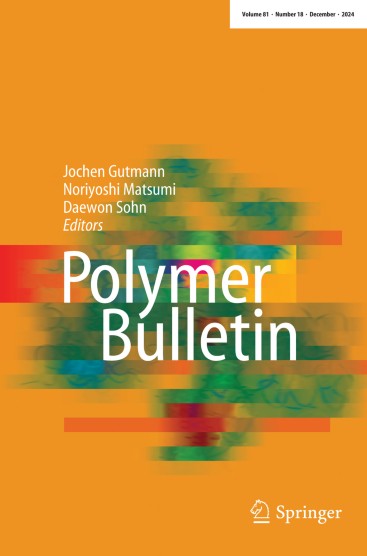Manganese–cobalt ferrite and polyaniline core–shell nanocomposite as an efficient shielding material against electromagnetic interference under X-band frequency
Abstract
Manganese–cobalt ferrite and polyaniline (MCF@PANI) core–shell nanocomposites with varying weight percentage of MCF (10, 20 and 50) were synthesized through chemical oxidative in situ polymerization of aniline in the presence of MCF NPs. Law of approach method was used to analyze saturation magnetization and anisotropy constant for synthesized nanocomposites. Saturation magnetization was found to be increased with increasing weight percentage of MCF NPs in core–shell nanocomposites. The shielding effectiveness (SE) of core–shell nanocomposites showed strong dependency on MCF NP concentration in PANI matrix. Maximum SE through reflection and absorption as well as total SE was shown by PANI@MCF50% core–shell nanocomposite for the sample thickness of 3 mm. The in situ polymerization of aniline-coated MCF NPs leads to enhanced interfacial polarization and contributes to higher microwave absorption. The PANI@MCF50% core–shell nanocomposite showed excellent SE (45%) in the X-band frequencies. The overall electromagnetic interference shielding effectiveness in the core–shell composites was found to be absorption dominant. Hence, these core–shell composite materials are potential candidate for EMI shielding applications in X-band frequencies because of their low cost, improved conductivity, better thermal stability, light weight and excellent EMI SE.
Graphical abstract


 求助内容:
求助内容: 应助结果提醒方式:
应助结果提醒方式:


